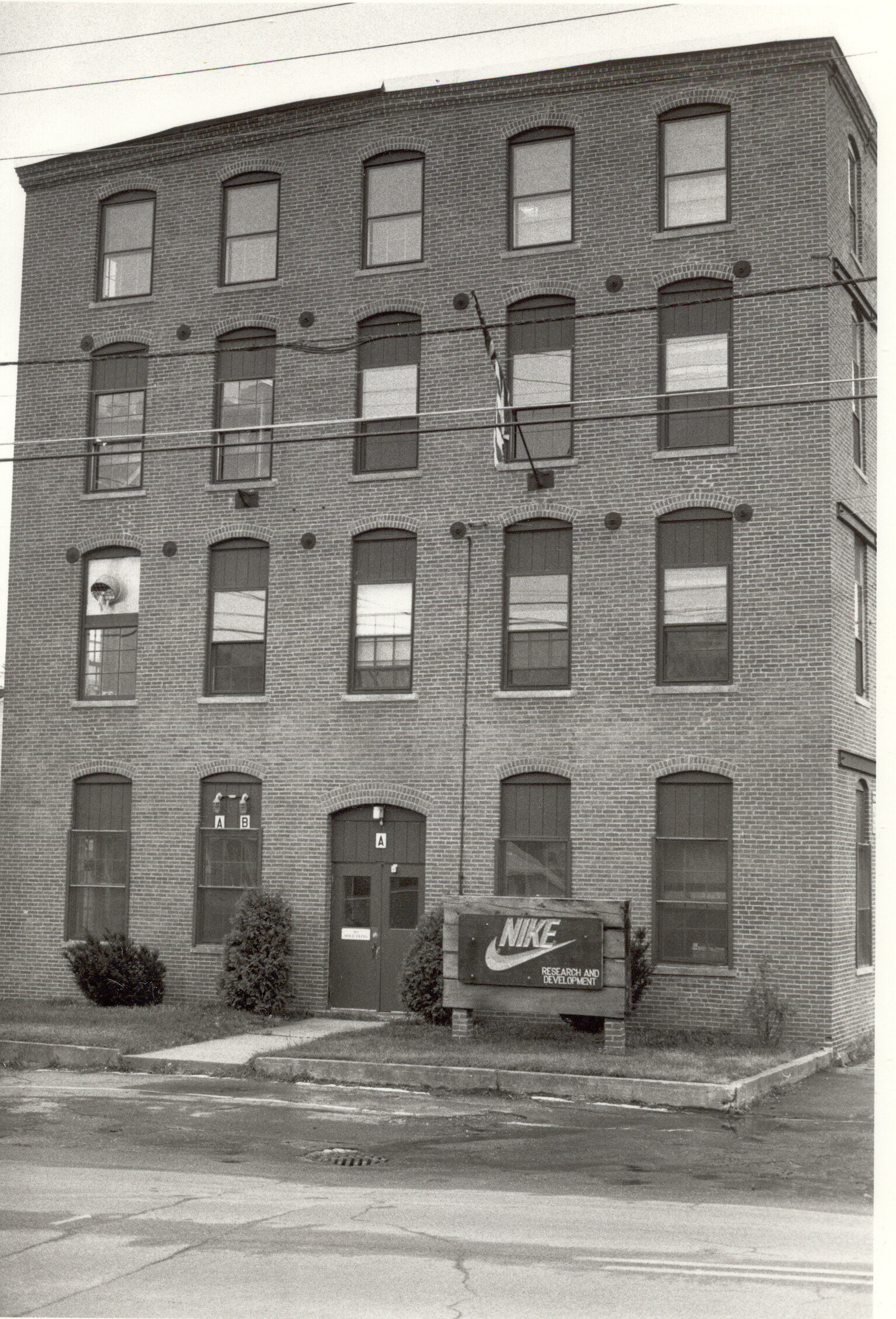By Barbara Rimkunas
This "Historically Speaking" column was published in the Exeter News-Letter on Friday, January 29, 2021.
The darkest days are still ahead of us. This is the winter of COVID-19. A year ago we didn’t see it coming – couldn’t imagine that half a million people would die and we’d shrug off the numbers as they rose. As bad as things have become, there’s just the slightest sliver of hope. Since last Friday (January 22nd) when people over the age of 65 became the anointed ‘group 1-B,’ I’ve heard voices – spoken aloud, through email or hastily typed into Zoom chat – delightedly announcing their dates. The dates, mostly February and March, are for appointments to get COVID-19 vaccinations. A few people said the on-line registration was frustrating and complicated, a few more have said it went smoothly. Your results may vary, we can suppose. The 65+ crowd has become increasingly more tech-savvy in the past year.














